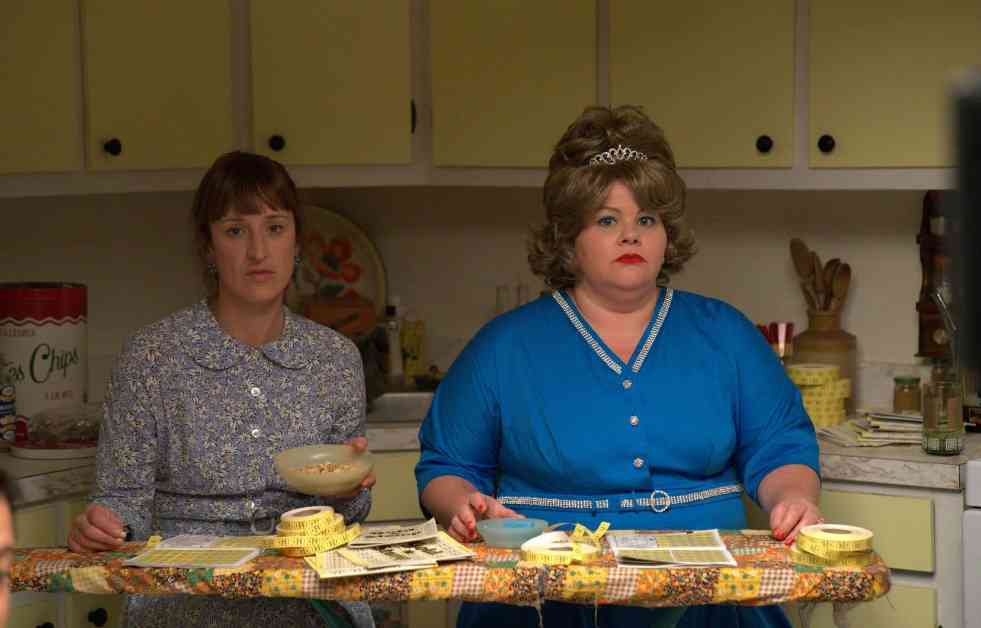René Richard Cyr emphasized during the press conference that preceded the release of « Nos belles-soeurs, » an adaptation of Michel Tremblay’s legendary play. He stated, « My film is not a musical comedy, » clarifying that the musical numbers served as a dramatic driving force rather than a pretext to showcase songs. To fully appreciate the filmmaker’s and producer Denise Robert’s vision, one must acknowledge that they are indeed watching a musical, with all the exaggerations, caricatures, and excesses that come with it. While the essence of the theatrical work is preserved, the audience is presented with a dynamic and colorful show that sets aside concerns of realism.
Set somewhere on the Plateau Mont-Royal in the early 1970s, Germaine Lauzon, a housewife, mother, and bingo enthusiast, wins a million Gold Star stamp premiums. Dreaming of new furniture, appliances, clothes, and toys from the company’s catalog, she invites her sister, sister-in-law, and neighbors to a stamp collage party, complete with liquor, chips, and candy. Beneath the seemingly trivial gossip and confidences, envy simmers and tension gradually rises. Each guest discreetly slips stamps into their purse. What harm could a few rolls do in such abundance? When Pierrette, Germaine’s estranged sister, crashes the party, the rumbling threatens to turn into a full-blown earthquake.
Balancing comedy and drama with precision, René Richard Cyr’s script celebrates the flamboyance and resilience of women often condemned to monotonous, colorless lives while addressing extremely contemporary issues from the original text. Despite not all of Daniel Bélanger’s compositions having the same impact, the lively and extravagant direction gives each character purpose and minimizes the lack of dance experience in some actresses.
The artistic direction, featuring a retro, exaggerated visual style with vibrant pop colors, fully embraces its kitschy side. The frequent use of highly emotive close-ups alternating with quirky musical numbers shot in wide angles evokes Gene Kelly and Quebecois soap operas from the 1960s. The result is funny, dynamic, and captivating. Is it as touching as the play? Perhaps not, as subtlety is not the primary focus. It is extremely challenging to simultaneously play comedy and tragedy or humanize characters based on archetypes.
By keeping Michel Tremblay’s work intact, René Richard Cyr highlights the financial, sexual, family, and marital concerns of women trapped in their circumstances without falling into didacticism, misery, or judgment. He celebrates these women, reminding us of their beauty, courage, and the power within their relationships. When the actresses strike the right tone – with special mention to Geneviève Schmidt in the lead role, as well as Véronic DiCaire, Pierrette Robitaille, Anne-Élisabeth Bossé, and Diane Lavallée in an uneven cast – the production soars.

